Author: Vitalik, founder of Ethereum; Translator: Deng Tong, Jinse Finance
Special thanks to Abdelhamid Bakhta and Paul Dylan-Ennis for feedback and discussion.
In my recent article on the differences between Layer 1 and Layer 2 scaling, I ultimately and roughly concluded that the most important difference between the two approaches is not technical, but organizational (using the word in the same sense as "industrial organization"): the question is not what can be built, but what will be built, how the boundaries between different parts of the ecosystem are drawn, and how it affects people's incentives and ability to act. In particular, Layer 2-centric ecosystems are inherently more diverse and more naturally lead to a greater diversity of different approaches to scaling, virtual machine design, and other technical features.
One of the key points I made in my last post was that
because Ethereum is a Layer 2-centric ecosystem, you are free to independently build a sub-ecosystem of your own with your unique functionality while also being part of the larger Ethereum ecosystem.
In this post, I argue that this is true not only in terms of technology, but also in terms of culture. Blockchains not only have unique technical tradeoffs, but also unique cultures. The day after Ethereum and Ethereum Classic parted ways, the two blockchains were technically identical. But they were culturally very different, a fact that helped shape the two blockchains’ different focuses, user bases, and even technology stacks eight years later. The same applies to Ethereum and Bitcoin: in the beginning, Ethereum was roughly “Bitcoin with smart contracts,” but a decade later, the differences have become much more profound.
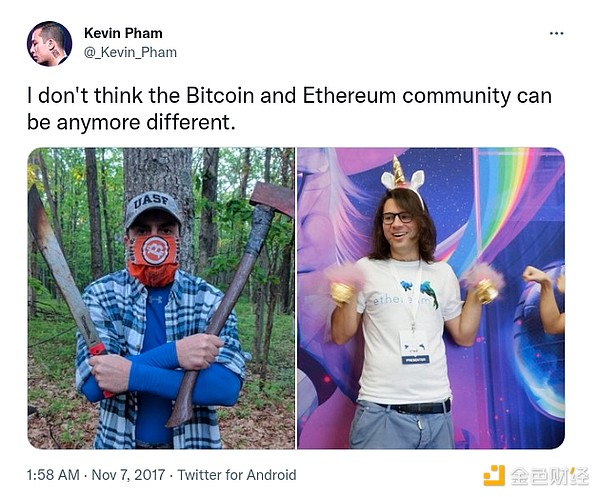
An old tweet from Kevin Pham comparing Bitcoin and Ethereum culture in 2017. Both cultures have evolved: since 2017, we’ve seen the rise and fall of the “laser eye” movement (and the simultaneous rise of movements like Ordinals), we’ve seen Ethereum become Layer 2-centric, and we’ve seen both become more mainstream. But the two are still different, and it’s probably best that they stay that way.
What are some examples of culture influencing things?
Culture plays a similar role to incentives—in fact, culture is part of incentives. It influences who is attracted to an ecosystem and who is repelled. It influences what types of behavior people are incentivized to do and what types of behavior people are allowed to do. It influences protocol design, the legitimacy of the ecosystem, and the application layer.
Some particularly important areas where blockchain culture has a significant impact include:
(1) the types of changes made to the protocol—both the quantity, quality, and direction;
(2) the ability of the protocol to remain open, censorship-resistant, and decentralized;
(3) the ability of the ecosystem to attract high-quality protocol developers and researchers;
(4) the ability of the ecosystem to attract high-quality application developers;
(5) the ability of the ecosystem to attract users—both in terms of quantity and the right types of users; and
(6) the public legitimacy of the ecosystem in the eyes of external communities and participants.
If you really value having a blockchain that remains decentralized, even at the cost of being slow, you need to pay attention not only to how well today’s technology achieves these goals, but also to how seriously the culture values these goals. If a blockchain’s culture doesn’t value curiosity and openness to new technologies, then it’s likely to fail in both decentralization and speed because it can’t adopt new technologies like ZK-SNARKs that give you more at the same time. If blockchains are understood by the public as “casino chains” and not anything else, then it’s going to be hard for non-casino applications to join. Even non-profiteering core protocol developers and researchers will have a harder time attracting them. Culture matters because culture is at least partially upstream of pretty much everything else.
Ethereum Culture
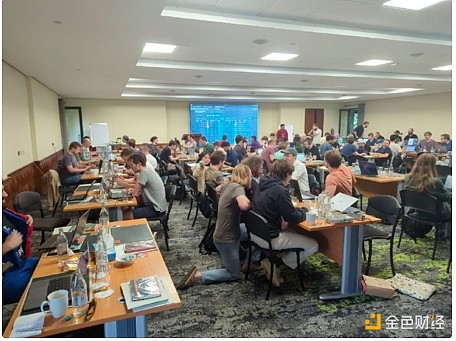
Ethereum Developer Interop, Kenya, May 2024. Ethereum’s core R&D ecosystem is one of Ethereum’s subcultures, although it is also quite diverse and has significant internal divisions.
Researcher Paul Dylan-Ennis has spent a lot of time exploring and understanding Ethereum’s subcultures. He identified three main subcultures within Ethereum, as follows:
Cypherpunk:Cypherpunks are committed to open source development, with a certain DIY or punk attitude. In the case of Ethereum, Cypherpunks build infrastructure and tools, but take a neutral stance on how they are used. Historically, Cypherpunks have explicitly emphasized privacy, but in Ethereum, privacy has not always been a priority, although… a new Cypherpunk movement called Lunarpunk has emerged that advocates for putting privacy back in the spotlight.
Regens:Many influential voices within Ethereum are committed to taking a Regen or Regenerative approach to building technology. Many Regens are rooted in Vitalik Buterin's interest in politics and social sciences, and they engage in governance experiments that aim to reinvigorate, improve, or even replace contemporary institutions. This subculture is characterized by its experimental nature and interest in public goods.
Degens:Users driven purely by speculation and the accumulation of wealth at all costs, Degens (decentralized finance enthusiasts). Degens are financial nihilists who follow current trends and hype in order to get rich overnight and escape the cutthroat competition of contemporary neoliberal capitalism. Degens often take extreme risks, but in an ironic, almost detached way.
There are more important groups than just these three, and you could even question to what extent they are identical groups: the profit-oriented institutional group and the people who buy monkey photos are very different culturally. The "Cypherpunk" described here includes both people interested in end uses such as protecting people's privacy and freedom, and people interested in using cutting-edge mathematics and cryptography without any strong ideology. But this classification is interesting as a first approximation.
An important feature of these three groups in Ethereum is that, largely due to the flexibility of Ethereum as a developer platform (not just a currency), they each have access to a kind of arena where subcultures can participate, not just talk. The three groups are divided into the following groups:
Cypherpunks participate in Ethereum core R&D and write privacy software;
Regens participate in Gitcoin funding rounds, retroactive public goods funding, and various other non-financial applications;
Degens trade memecoins and NFTs and play games.
In my opinion,this cultural branch is of great benefit to Ethereum. Ethereum core development culture values high-quality thinking on topics such as advanced cryptography, game theory, and increasingly software engineering, freedom and independence, Cypherpunk ideals and blockchain versions of these principles (such as "immutability"), and an idealistic approach that focuses on values and soft power rather than hard power. These values are important and good; looking at the cultural influences I listed in the previous section, they put Ethereum in a very good position on (1), (2), (3), and to some extent (6). But they are incomplete: first, the above description places little emphasis on attracting application developers and almost no emphasis on attracting users - stability-oriented values help give people confidence to "use" Ethereum by holding ETH, but that's it. Cultural diversity is one way out of this dilemma, allowing one subculture to focus on core development while another focuses on developing the "edge" of the ecosystem. But this begs the question: is there any way to further strengthen this cultural diversity?
Subcultures and Layer 2
This is exactly the most underrated feature of Layer 2 that I know of: For subcultures, Layer 2 is the ultimate arena for action. Layer 2 allows subcultures with large resources to emerge and forms a feedback loop that forces them to learn and adapt in order to function in the real world. Layer 2 has to play on multiple fronts: attracting users and application developers, developing the technology, and building a global community.
Perhaps the key feature of Layer 2 that’s important here is that Layer 2 is simultaneously (i) an ecosystem, and (ii) organized around building something. Local meetup groups can form their own ecosystems, and they often have their own distinct culture, but their resources and execution are relatively limited. Applications can have massive resources and execution, but they’re applications: you can use them, but you can’t build on top of them. Uniswap is great, but the concept of “building on Unsiwap” is far less powerful than “building on Polygon.”
Some specific ways that Layer 2s can and do end up specializing their culture include:
More willing to do user outreach or “business development”:Intentional efforts to attract specific external actors, including individuals, businesses, and communities, to participate in the ecosystem.
Emphasis on diversity of values.Is your community more focused on “public goods”, “good tech”, “Ethereum neutrality”, “financial inclusion”, “diversity”, “scaling”, or something else? Different L2s gave different answers.
Diversity of participants:What kind of people does the community attract? Does it place a particular emphasis on certain demographic groups? Personality types? Languages? Continents?
Here are a few examples:
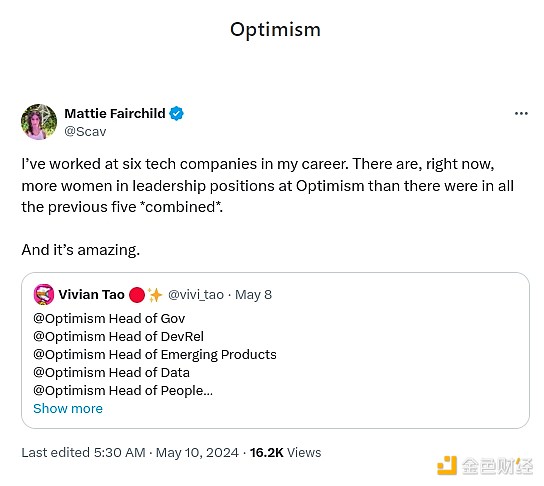


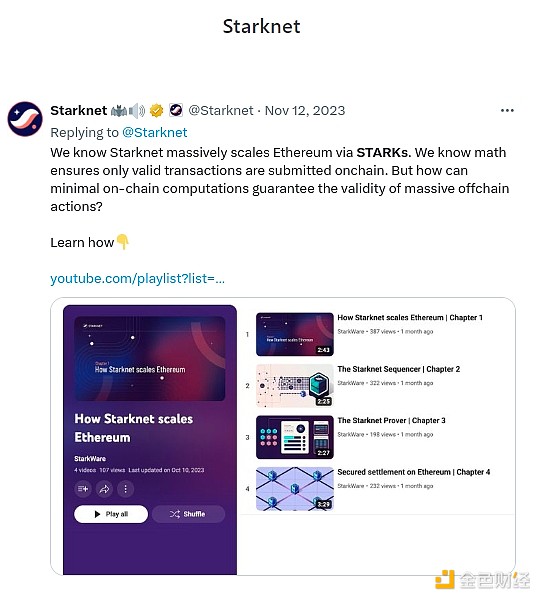
Polygon has been successful in partnering with mainstream companies and building an increasingly high-quality ZK ecosystem. Optimism owns Base and World Chain, and has a strong cultural interest in ideas such as retro financing and governance that is not just token-based. Metis focuses on DAOs. Arbitrum has built a brand around high-quality development tools and technology. Scroll focuses on "preserving the essence of Ethereum - trust-minimized, secure and open source." Taiko emphasizes "seamless user experience", "community alignment", "security first" and "people-oriented". In general, each Ethereum Layer 2 has a unique "soul": some combination of Ethereum culture, plus its own unique style.
How can this Layer 2-centric approach succeed?
The core value proposition of this Layer 2-centric cultural approach is that it attempts to balance the benefits of diversity and cooperation by creating a set of different subcultures that still share some common values and work together on key common infrastructure to achieve these values.
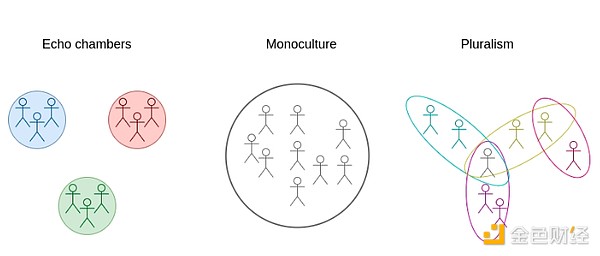
Ethereum is trying to go the diversified route.
There have been other attempts at a similar two-tier approach. The most notable one I can think of is the delegated proof-of-stake (DPoS) system in EOS in 2017. EOS’s DPoS works by having token holders vote on which delegates will run the chain. Delegates would be responsible for creating blocks and reaching consensus on other people's blocks, and they would also receive a large number of tokens from the EOS issuance. Delegates ended up doing a lot of community building to attract votes, and many of these "nodes" (such as EOS New York, EOS Hong Kong) ended up becoming well-known nodes.
This ended up being an unstable system because token voting is inherently volatile, and some powerful players in the EOS ecosystem turned out to be greedy assholes who misappropriated a lot of the funds raised by the representative community for their own personal gain. But while it worked, it exhibited an amazing property: it created strong, highly autonomous sub-communities that still worked together towards a common goal.
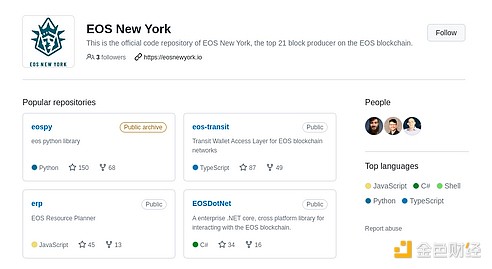
EOS New York is one of the top block producers on EOS, and it even wrote quite a bit of open source infrastructure code.
When this approach works successfully, it also creates a kind of healthy competition. By default, communities like Ethereum naturally tend to rally around people who have been in the community for a long time. The benefit of this is that it can help maintain the community's values while it grows rapidly - even if unfavorable winds appear from the outside, it also reduces the possibility that Ethereum will no longer care about free speech or open source. But it also risks shifting focus away from technical prowess and toward social play, allowing old “OGs” to remain entrenched even if they underperform, and limiting the ability of the culture to renew and evolve itself. With a healthy “subculture” these problems can be mitigated: entire new subcommunities can rise and fall, and those who succeed in a subcommunity can even start contributing to other aspects of Ethereum. In short, legitimacy depends less on continuity and more on performance.
We can also examine the above story to identify possible weaknesses. Here are a few that come to mind:
Falling into an echo chamber (only focusing on information that fits your own conclusions): Essentially, the same failure mode I talked about in the previous post, but for culture. L2 starts behaving like separate universes with little crossover between them.
Stuck in a monoculture:Whether due to shared human biases or shared economic incentives (or the unified Ethereum culture being too strong), everyone ends up looking in similar places for what applications to build, and perhaps even what technical choices to make, which ends up being the wrong place.
Or, a single L2 or a small number of L2s become entrenched, and there are no longer effective mechanisms for newcomers and sub-communities to rise up.
Competing for favor in the wrong vector:L2s that focus on use cases that succeed in a narrow financial sense, but at the expense of other goals, appear to be successful, and over time more and more communities move in that direction.
I don’t claim to have perfect answers to these questions;Ethereum is an ongoing experiment, and part of what excites me about the ecosystem is its willingness to confront hard problems head-on. Many challenges stem from misaligned incentives; a natural way to address this is to create better ecosystem-wide incentives for cooperation. The idea I mentioned in my last post to create an “infrastructure guild” to complement the protocol guild is one option. Another option is to explicitly subsidize multiple L2 projects that choose to work together (i.e. similar to quadratic funding, but with a focus on connecting ecosystems rather than connecting individuals). There is a lot of value in trying to expand on these ideas and continuing to work to fully leverage Ethereum’s unique strengths as a diverse ecosystem.
 JinseFinance
JinseFinance
 JinseFinance
JinseFinance JinseFinance
JinseFinance JinseFinance
JinseFinance JinseFinance
JinseFinance JinseFinance
JinseFinance JinseFinance
JinseFinance JinseFinance
JinseFinance JinseFinance
JinseFinance JinseFinance
JinseFinance Coinlive
Coinlive